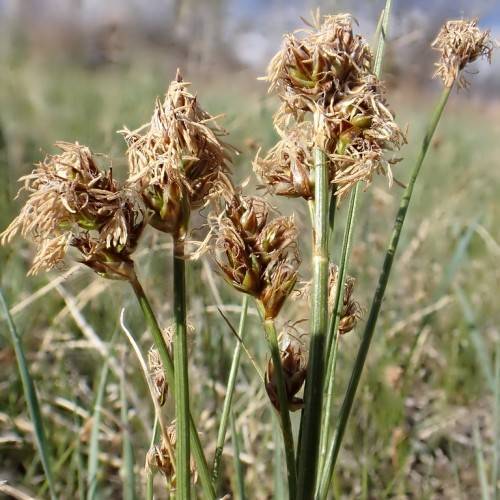
Narrow Leaved Sedge
Carex duriuscula
Also Known As - Needleleaf SedgeWatering:
Frequent
Hardiness Zone:
Sun:
full sun,part shade
Leaf:
Yes
Growth Rate:
Low
Salt Tolerant:
Yes
Care Level:
Medium
watering
Grassland Sedge should be watered moderately, about 1-2 times a week. A good rule of thumb is to water when the top inch of the potting mix is dry. This ensures that the potting mix is partially moist without causing root rot. Make sure to water thoroughly, allowing excess water to drain off. When in doubt, less is best. Overwatering can lead to disease and can stunt growth. Furthermore, the frequency of watering may vary depending on the season and the specific grassland sedge species.
sunlight
Grassland Sedge (Carex divulsa) prefers full to partial sun exposure throughout the day, with at least 6 hours of direct sun each day for optimal growth. When given plenty of sunlight, this plant will thrive and spread quickly, creating a lush lawn or meadow. However, direct sunlight for more than 8 hours a day may cause the plant to suffer from heat or drought-related stress. During hotter summer months, it is important to provide extra moisture in the form of water or a mulch layer to ensure the plant has enough hydration. During winter, Grassland Sedge will receive far less sunlight and may go into dormancy. It is important to protect the plant from extreme cold by providing insulation or other forms of shelter.
pruning
Grassland Sedge (Carex divulsa) should be pruned annually in late winter or early spring, prior to new growth, to maintain its desired size and shape. The best way to prune Grassland Sedge is to start with the tallest stems, and cut them back to their desired height. This will help make sure the plants are not lopsided. Then work from 1 side of the plant to the other, cutting off any unwanted lower stems that are thinner than the rest of the stems and removing any dead tissues. The Grassland Sedge should be cut back to where it meets just above ground level, leaving only a few of the highest stems. This allows the plant to regenerate from the crown and also gives it more free space to become more robust. Be sure to take off any old dead leaves that may be left behind. Pruning should only be done when the plant is healthy.
